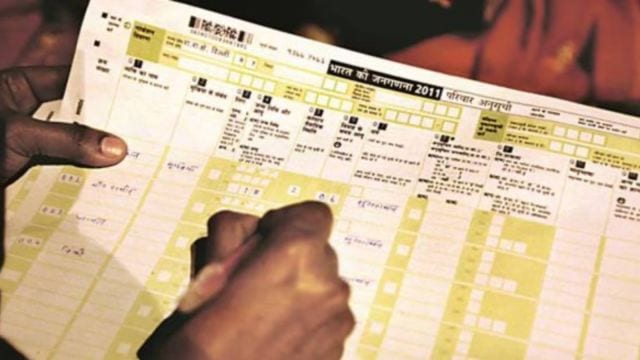
The problem was never with recording castes. It was with whose caste got recorded and whose didn’t. A Census that would enumerate caste is poised to change that.
Independent India’s Censuses counted caste, but only for Scheduled Castes and Scheduled Tribes, as if caste existed only at the lower strata of society. These two groups were invariably named and often shamed, their specific jatis and gotras publicised, while the Upper Castes enjoyed statistical evasion.
Basically, this means that the caste census was meant to study, understand and categorise the troublesome outside-groups so that they could be better managed. Even the colonial census did not count all castes — they left out many “primitive tribes” and “exterior castes”, as K.S. Singh notes in his foreword to the 1931 report. The shift to an all-caste census attains a new meaning in this light: It is the first ever such exercise in the subcontinent, which would also register how the caste composition has been altered by partition and migration.
The republic is belatedly recognising the fact that caste is more than a disabling disease, a slow-metamorphosing system that structures the entire society. A system must be understood as such, and in the entirety of interrelations between its constituent parts.
Experience has also shown us something else: Comprehensive data on caste does not ignite riots or revolts. See Bihar, Karnataka and Telangana for evidence. At best, there has been tinkering with reservations in these cases, and a partially successful land reform in the case of Kerala in the 1960s. Political parties might promise big, but the best outcome of the all-caste census might be the process itself.
Savarna castes have long enjoyed the peculiar luxury of not having to think of themselves as castes, a casteist exception that enabled their self-perception and public posturing as casteless. Their status was naturalised, their jatitva (casteness) unrecorded. The census, for the first time, will compel every jati to see itself as one jati among many. This enforced relational self-awareness may be uncomfortable, but it is also necessary.
Moreover, caste is not just social; it is spatial as well. It tells us not only who someone is, but where they live, whom they live among, whom they avoid, and the distances between different castes. Geography and caste are entangled. The all-caste census will give us the first comprehensive cartography of caste in India — who is clustered where, which jatis cohabit, which ones don’t.
One thing that might make the all-caste census unique: Its timing. The timing of the government’s announcement has been read in the context of the Pahalgam terror attack and the Bihar elections. We are talking about timing in the longue durée. India is facing what is termed as the “70-year itch”. For some strange reason, modern nations tend to face internal reckoning once they cross their seventies. One may invoke the cases of the Soviet Union, the USA, Mexico, and Israel here.
In India, the contours of this diamond jubilee upheaval have become quite evident. There is a party in power mobilising to restructure it, move it away from its founding principles, and metaphorically throw it to an imagined glorious past. It is time to upgrade the idea of India, based on sociological reality rather than ideological tweaking.
Modern India has been fixated on nation-building and state-building while discounting people-building. As Ambedkar feared, fraternity, especially across castes, is still largely missing, and remains the least remembered promise in the Preamble of the Indian Constitution. Recording caste irrespective of one’s caste is the first step towards people-building in India.
Mathew teaches politics and international relations at the School of Liberal Arts and Management Studies, P P Savani University, Surat. His research focuses on democratic forces in transitional polities. Ramachandran is a research scholar at the Department of Communication, University of Hyderabad